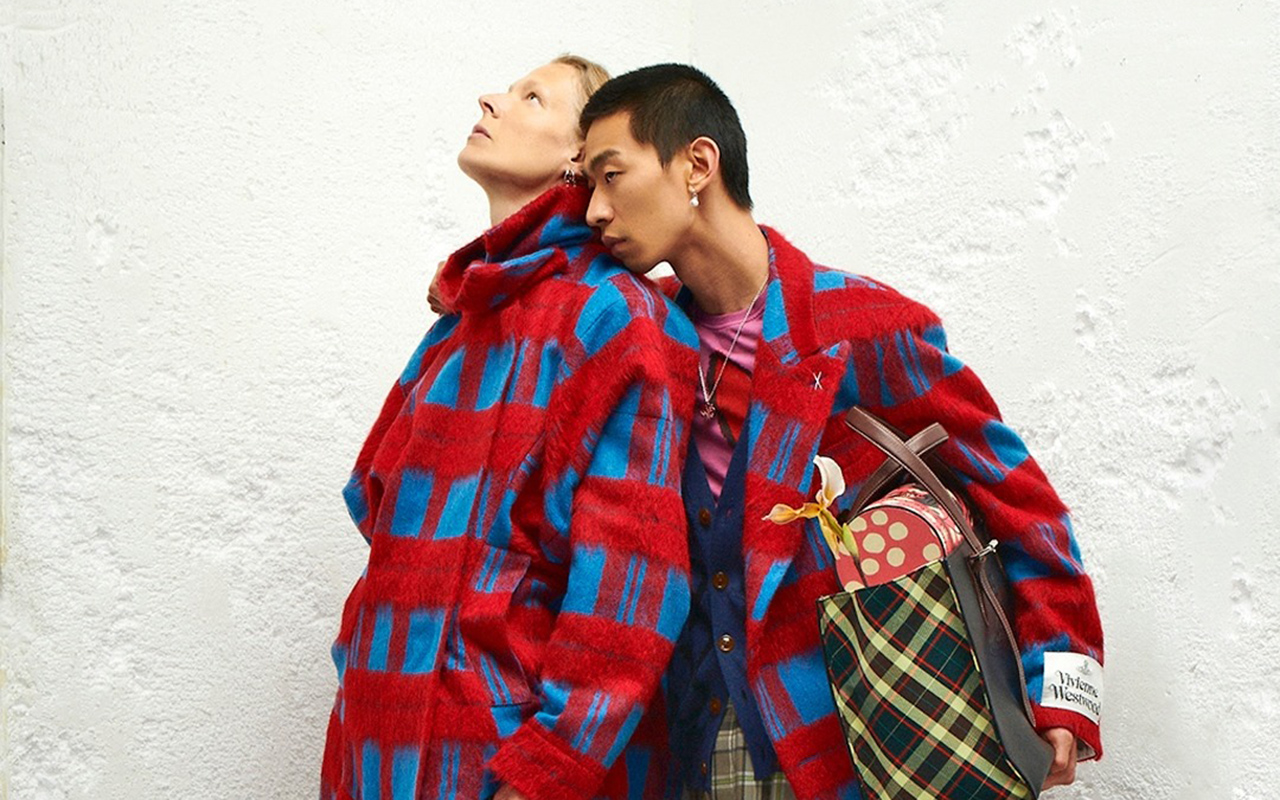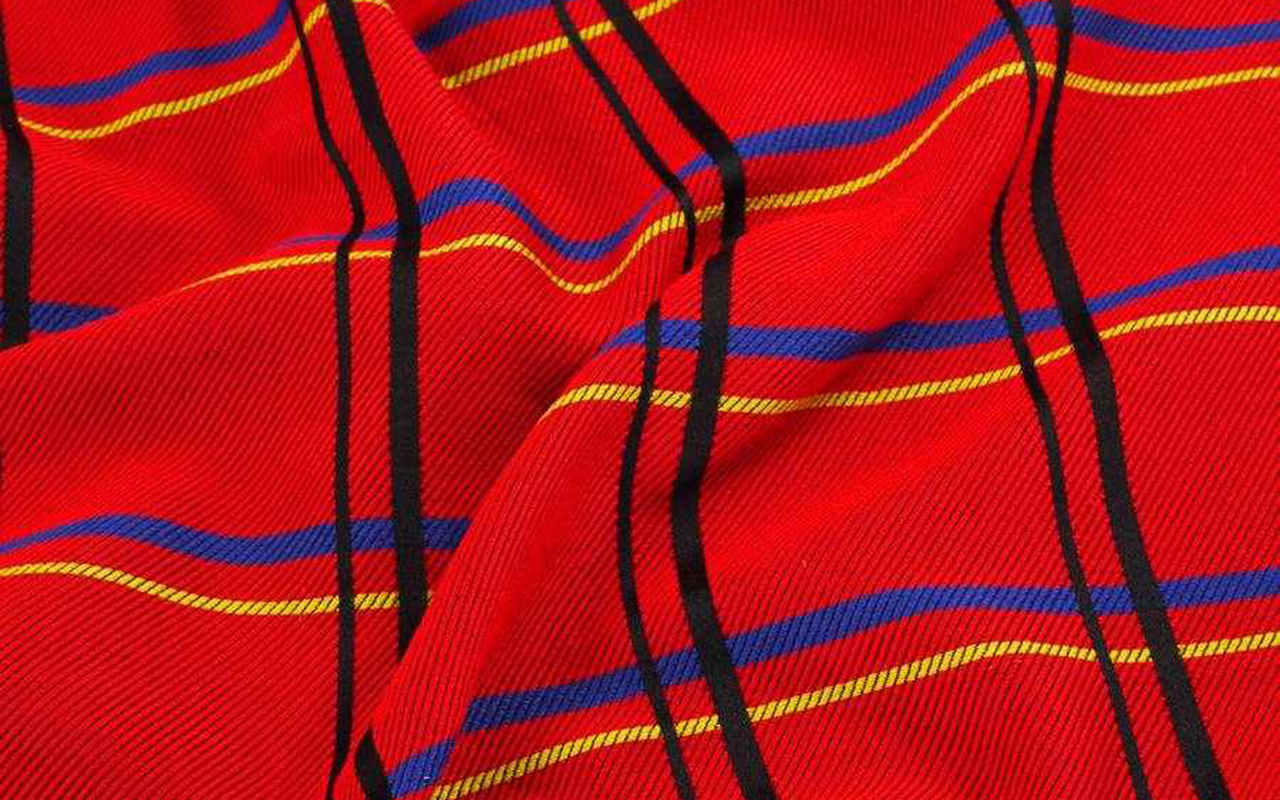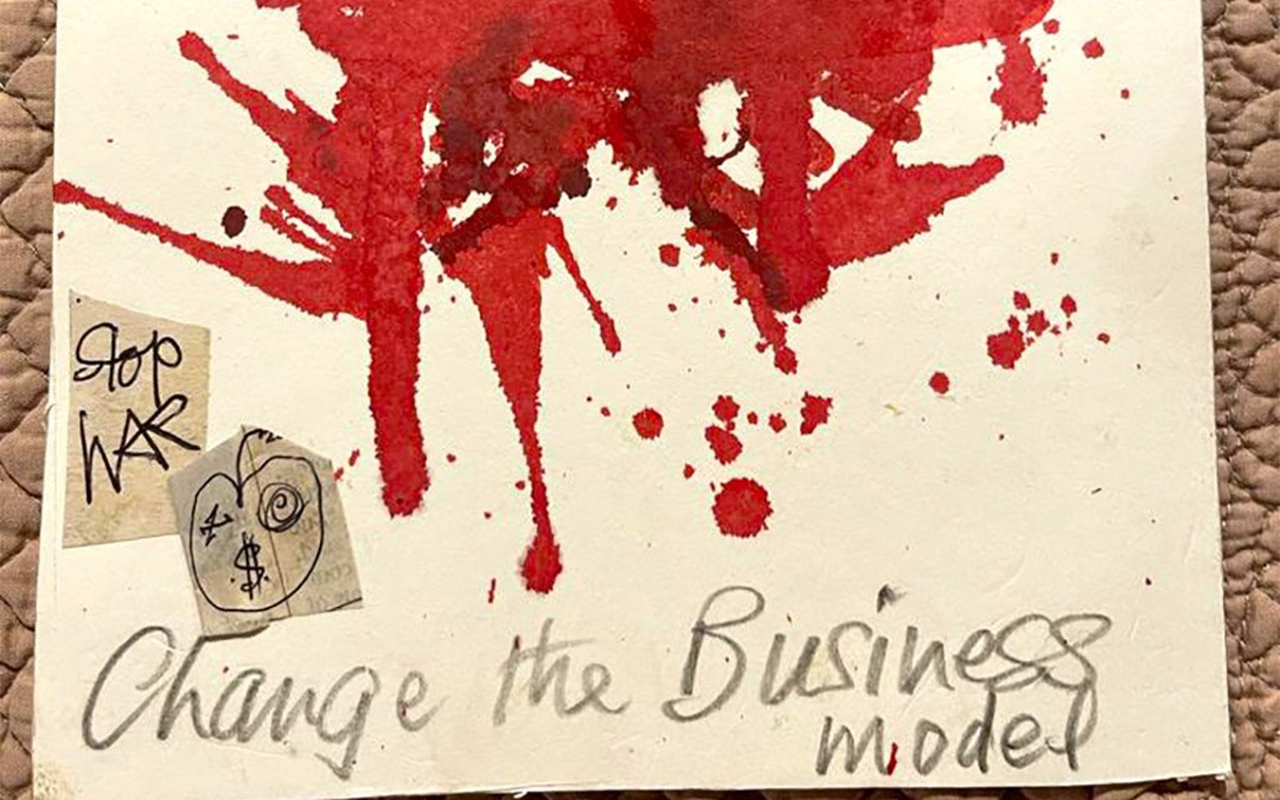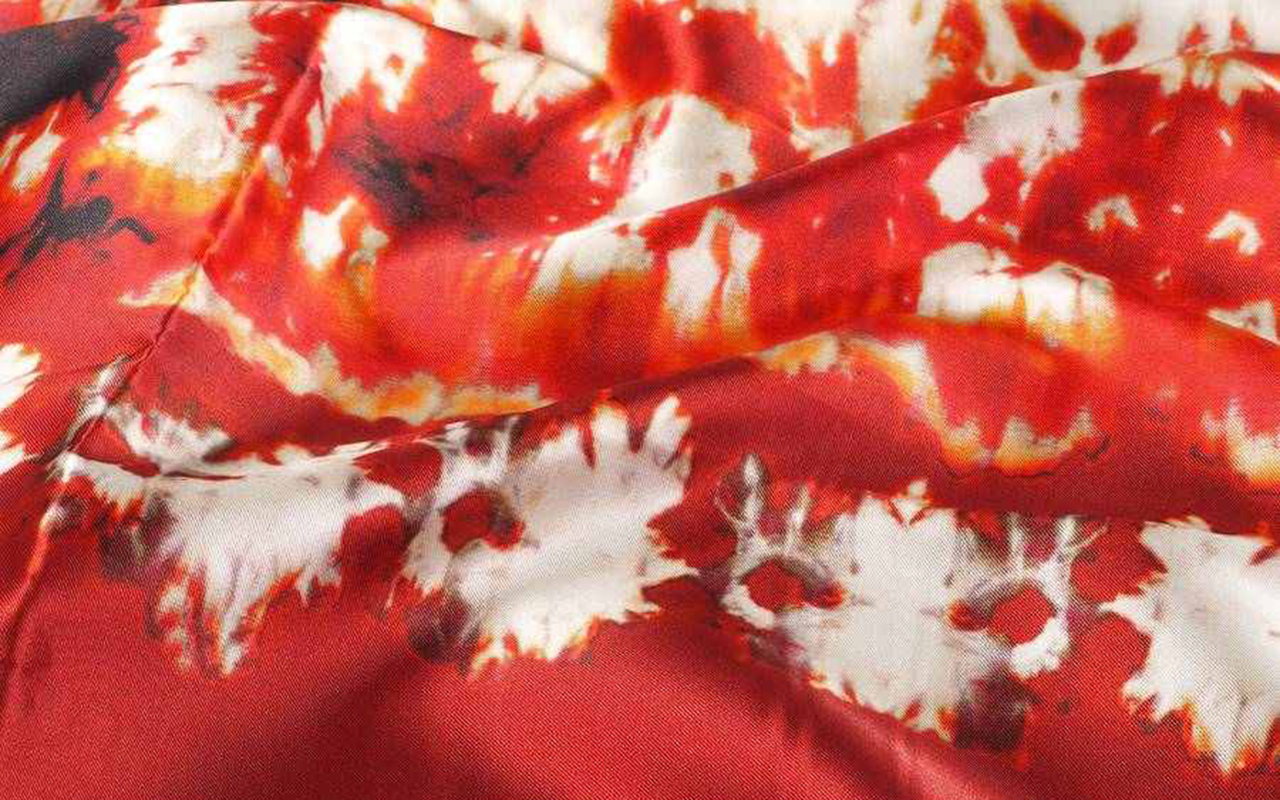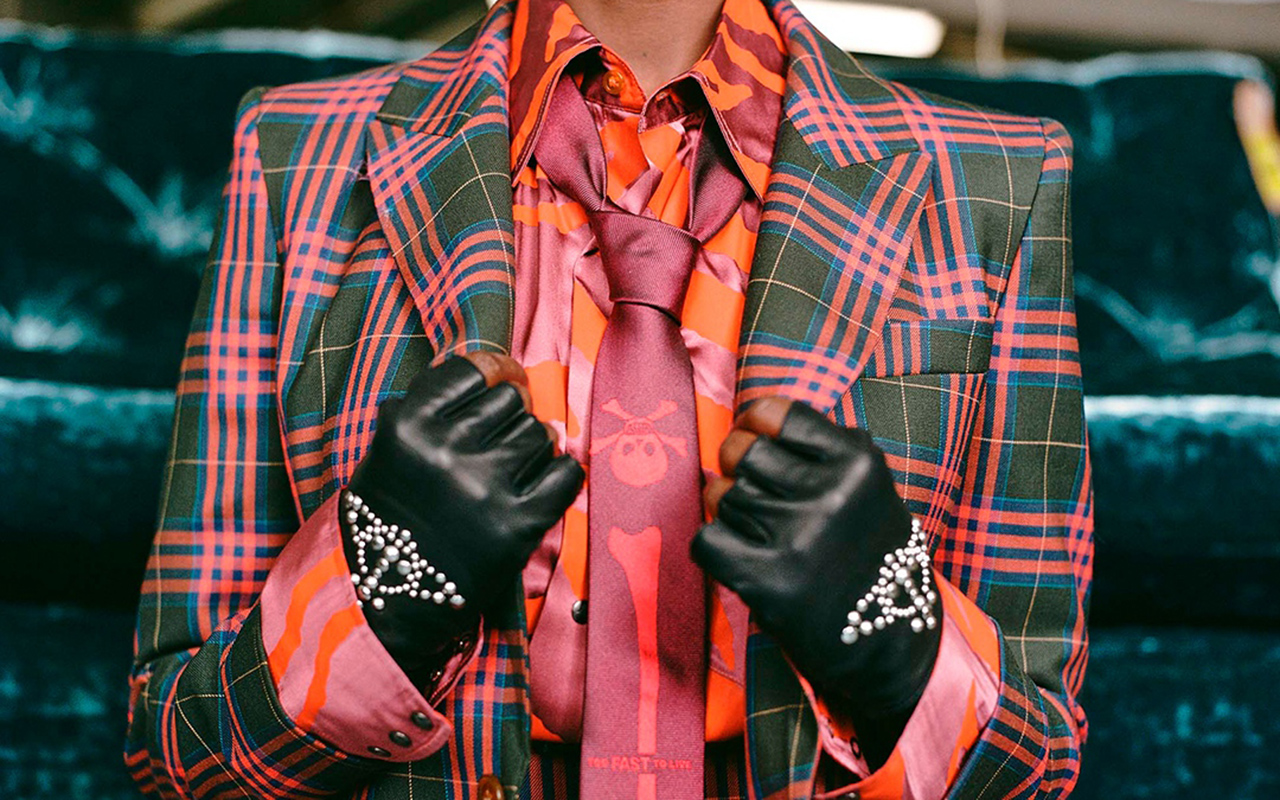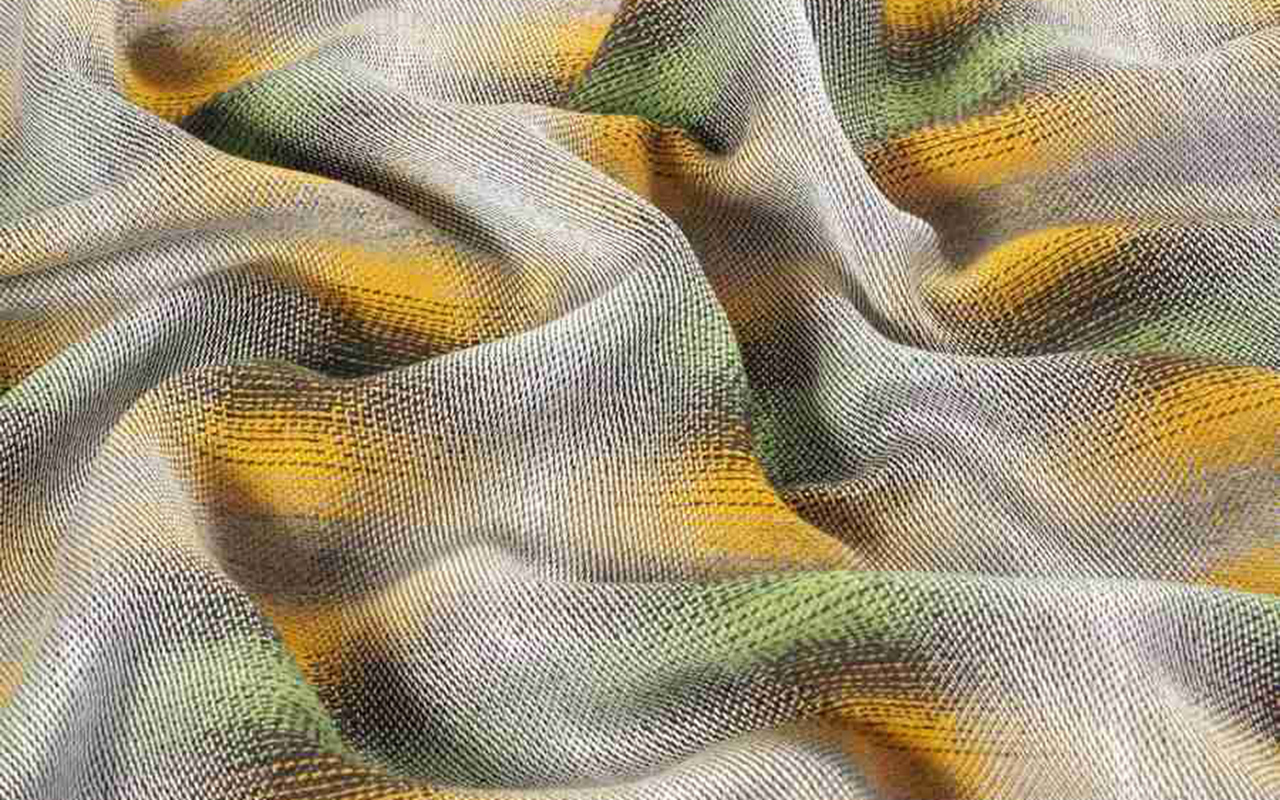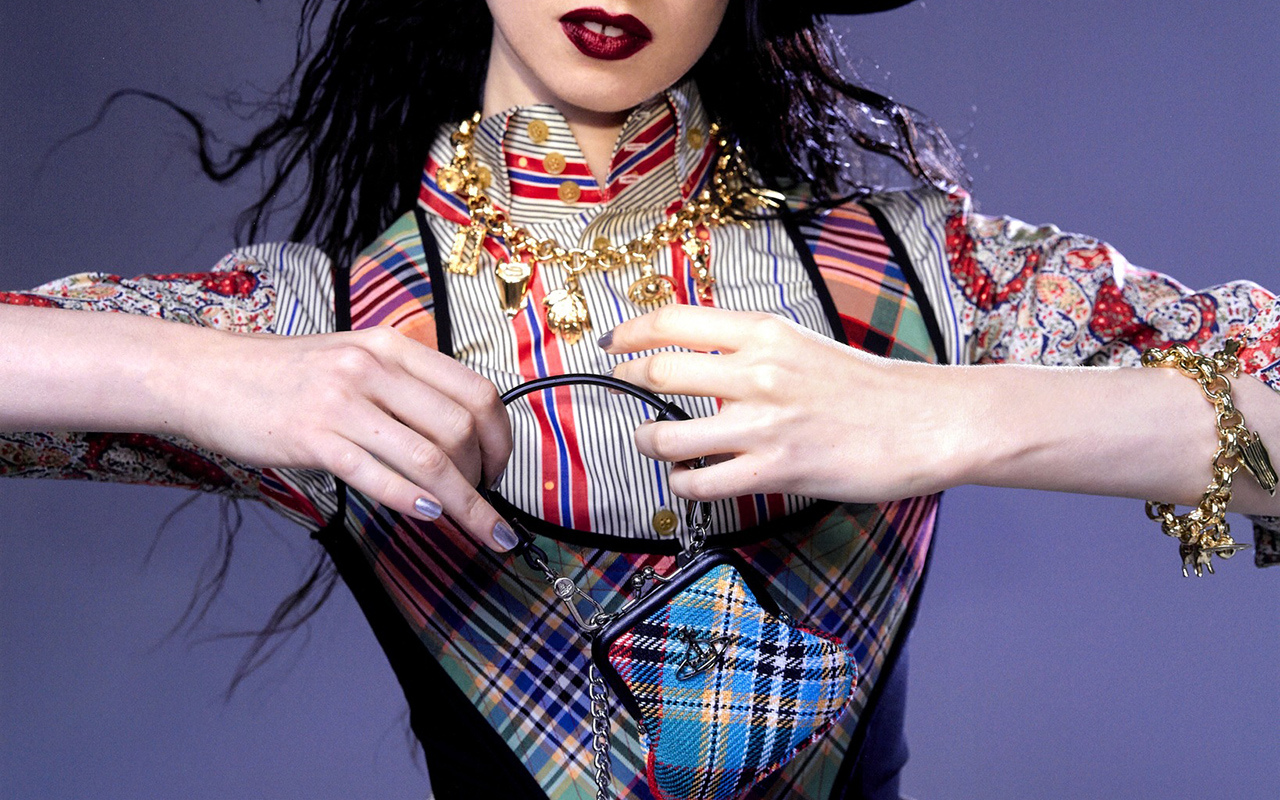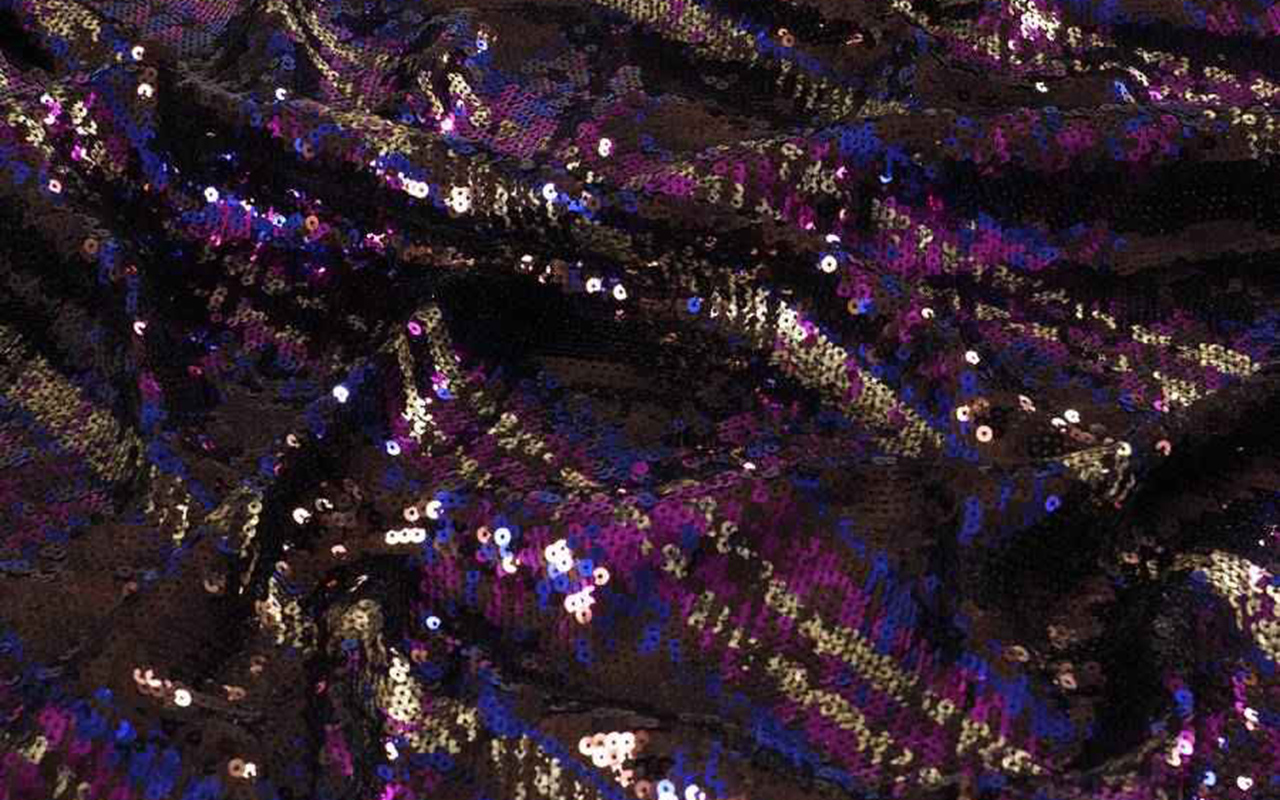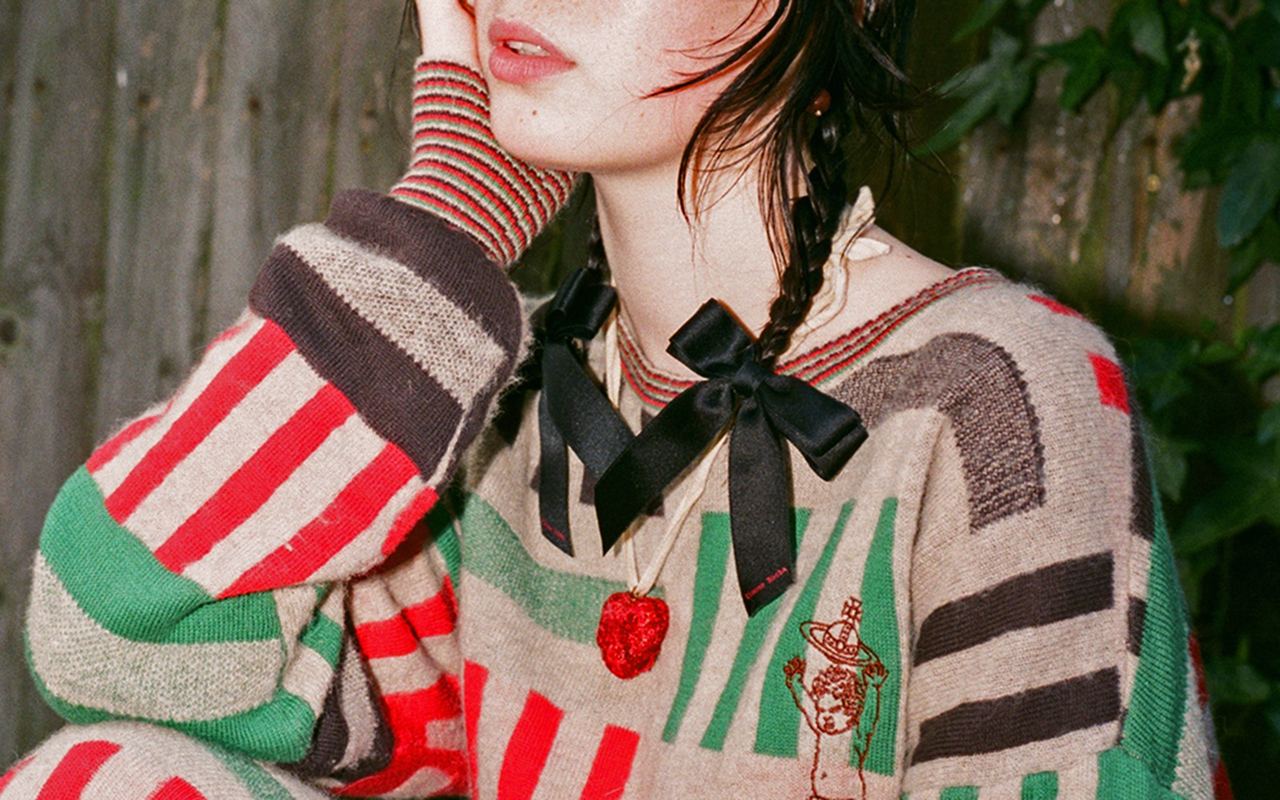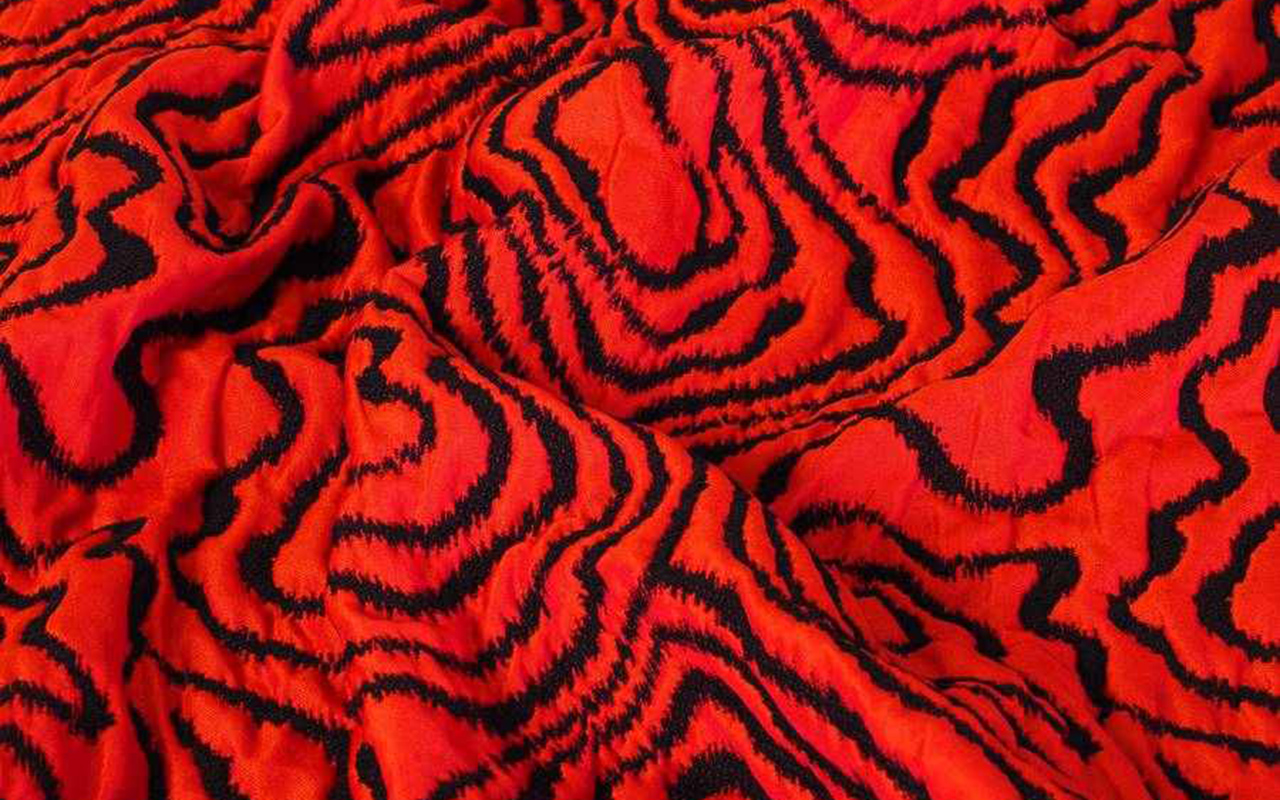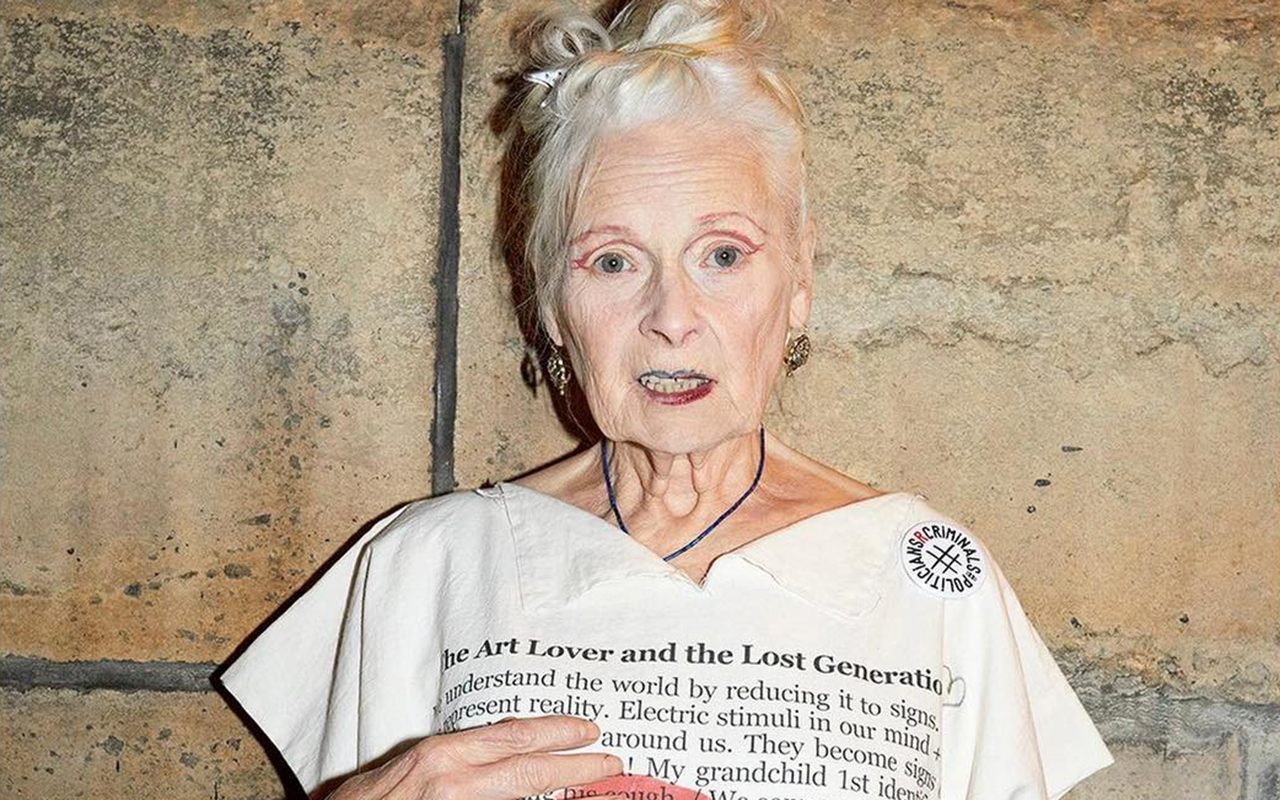
All photos: Facebook Vivienne Westwood
2022 ended with the farewell to one of the emblems of 20th century British design. Provocative, revolutionary, creative and political activist, Vivienne Westwood was a lawless idealist who forever transformed UK fashion. Her revolution was to make visible her aversion to corruption and injustice in the world, as well as to denounce the passivity of youth through clothing. Westwood gave birth to the punk movement in fashion, but also took couture by storm in the ’80s and ’90s; and built a global empire with stores all over the world, a priori antagonistic concepts (capitalism/anarchism) for a transgressor of the needle, but for Westwood there were no limits or labels. Fashion was a weapon and its objective was clear from the beginning: to change the rules of the game, destroy conventions and make the world more just and equal.
The renowned fashion designer died on December 29th at the age of 81 surrounded by her family in Clapham, South London. In a statement from the brand, they assured that Vivienne Westwood “continued to the end with her subversive design, her artistic activities and her activism, to change the world.” Her husband and creative partner Andreas Kronthaler said of the designer: “I will continue to hold Vivienne in my heart. We have been working to the end and she has given me many things to keep going.” Her legacy lives on.
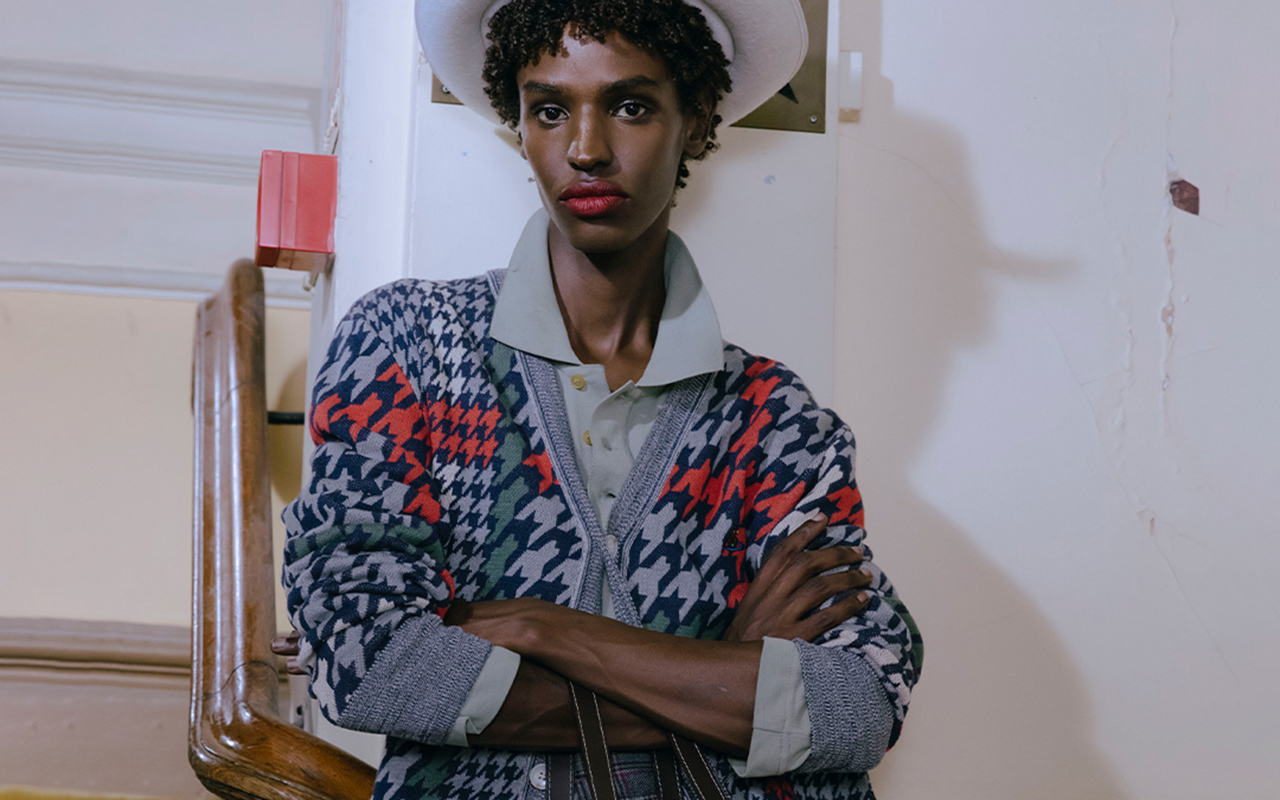
As a child she showed proise
Vivienne Isabel Swire was born in 1941 in the town of Tintwhistle, near Manchester. Her working-class parents encouraged her to do crafts, a skill little Vivienne was extraordinarily good at. She also liked to read a lot and spent long afternoons in the library. As a child she had an enviable self-confidence, believing herself to be an exceptional craftswoman. “Honestly at the age of 5 I could have made a pair of shoes,” the designer said in an interview. Her family moved to North London in 1958. Despite her abilities, the young Vivienne graduated as a primary school teacher, then married Derek Westwood, a young blue-collar worker with a flamboyant mod aesthetic. The first creation, without knowing how to sew, was her own wedding dress, as well as the jewelry she wore.
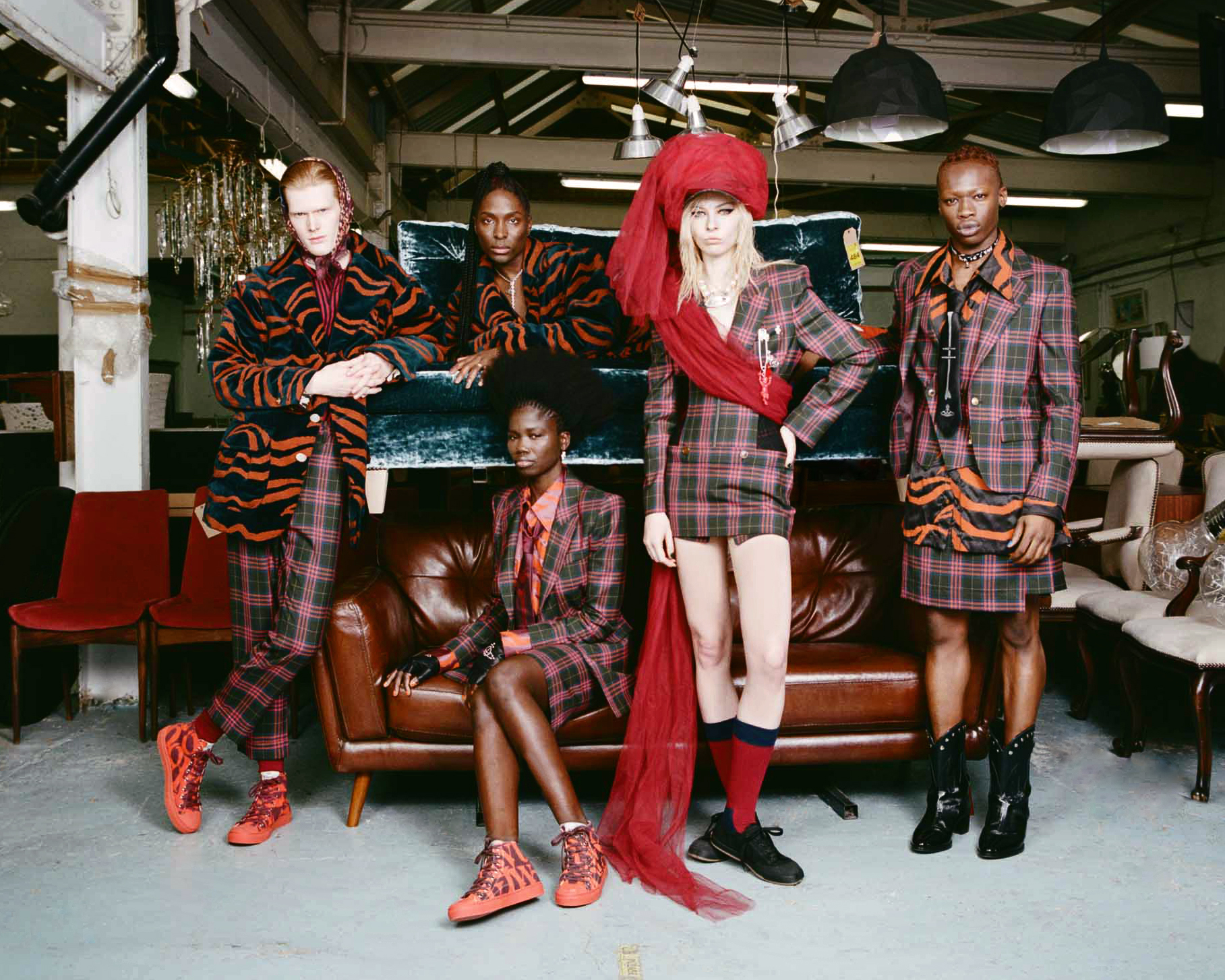
The influence of Malcolm McLaren
Meeting Malcolm McLaren then changed the peaceful life of Vivienne Westwood. He studied art and shared a class with one of Vivienne’s brothers, he had curly red hair and a face bleached with talcum powder. He called himself the godfather of punk. With an eccentric appearance, McLaren impressed with his creativity and brilliance, at the same time that he offended the older generations and hated everyone, except himself. The attraction to Vivienne was immediate and together they began one of the great creative partnerships in recent UK history. For the young designer, McLaren was an awakening for her: introducing her to art, music, and the transformative power of fashion.
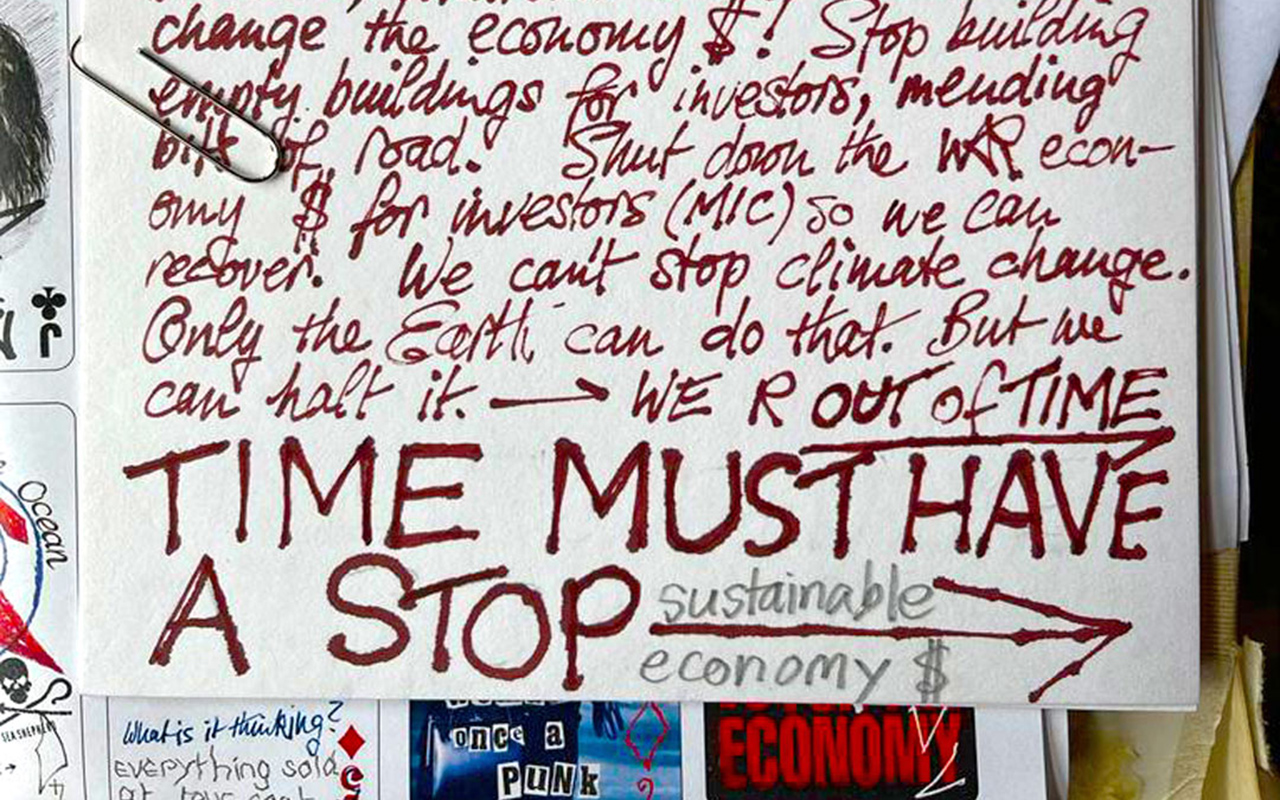
Fashion and punk
In 1970, McLaren became the manager of The Sex Pistols, a group that defined the punk movement. At that time, Westwood had learned the trade in a self-taught way and opened a store on Kings Road in London inspired by the aesthetics of the group. She called it a subversive name: ‘Sex’ with a huge pink sign alerting passers-by: “only the brave enter”. Inside, everything was shocking. The serving staff and the clothing on display were designed to explore the individualism and identity of the wearer. Clothes with studs, chains, zippers, tight leather garments, impossible heels, T-shirts with subversive messages… Everything was designed to shock. “We invented punk,” Westwood stated in her autobiography. In fact, the presence of Vivienne and McLaren was inherently intimidating. They wanted to impress, irritate and provoke a reaction, but also inspire change. Punk was still an explosion in all its magnitude.
McLaren later acknowledged that he was willing to misrepresent popular culture to reduce it into some kind of marketing campaign, but for Westwood, the move ran deeper because she saw it as a youth insurgency against the corruption of the old world order. The British designer believed that fashion and music would channel the anger of young people and bring about change, but later realized that many of them simply ignored global injustice, and with their nose studs and punk rock music the only thing that they did was dance and have a good time.
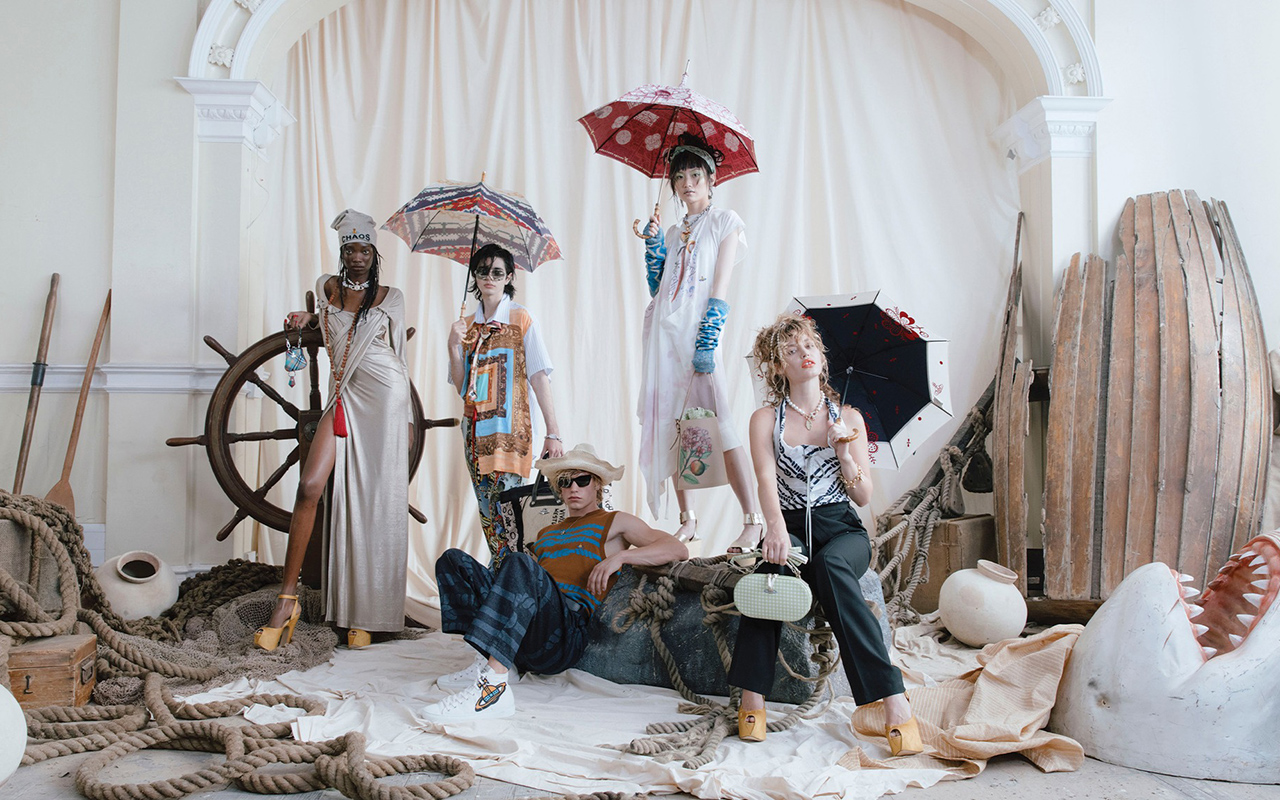
The jump to the big catwalks
Punk was just one chapter in the legacy that Westwood leaves behind in fashion. The designer took her subversive ideas and stormed the catwalks in London and Paris. Vivienne worked at first alone with a sewing machine at home and used the moulage technique, joining the pieces together and using her own body as a template. She researched the history of fashion, remade it in her own way, and challenged the world of haute couture. An alliance with the generation of supermodels: Kate Moss, Naomi Campbell, Laetita Casta… showing her designs also helped her to position herself and become the leading independent designer in the 1980s and 1990s. The key to Vivienne Westwood’s success was that of not losing her orthodox identity when she moved into the world of fashion shows and ready-to-wear collections with abruptly cut garments, games of semiotics, decontextualized objects, draping… Precisely her subversive style and her transgressive image (her hair was either bleached or dyed orange and extreme makeup), made her one of the most distinctive and original designers in the fashion world. In the early 1990s, Vivienne Westwood built a mini-empire: she opened her own boutiques and produced clothing, footwear, accessories, cosmetics, and perfumes. Even bridal fashion! When Carrie Bradshaw’s character in the mythical series ‘Sex and the City’ wanted a wedding dress, she turned to the famous designer, who by the late 90s had already become a major bridal brand.
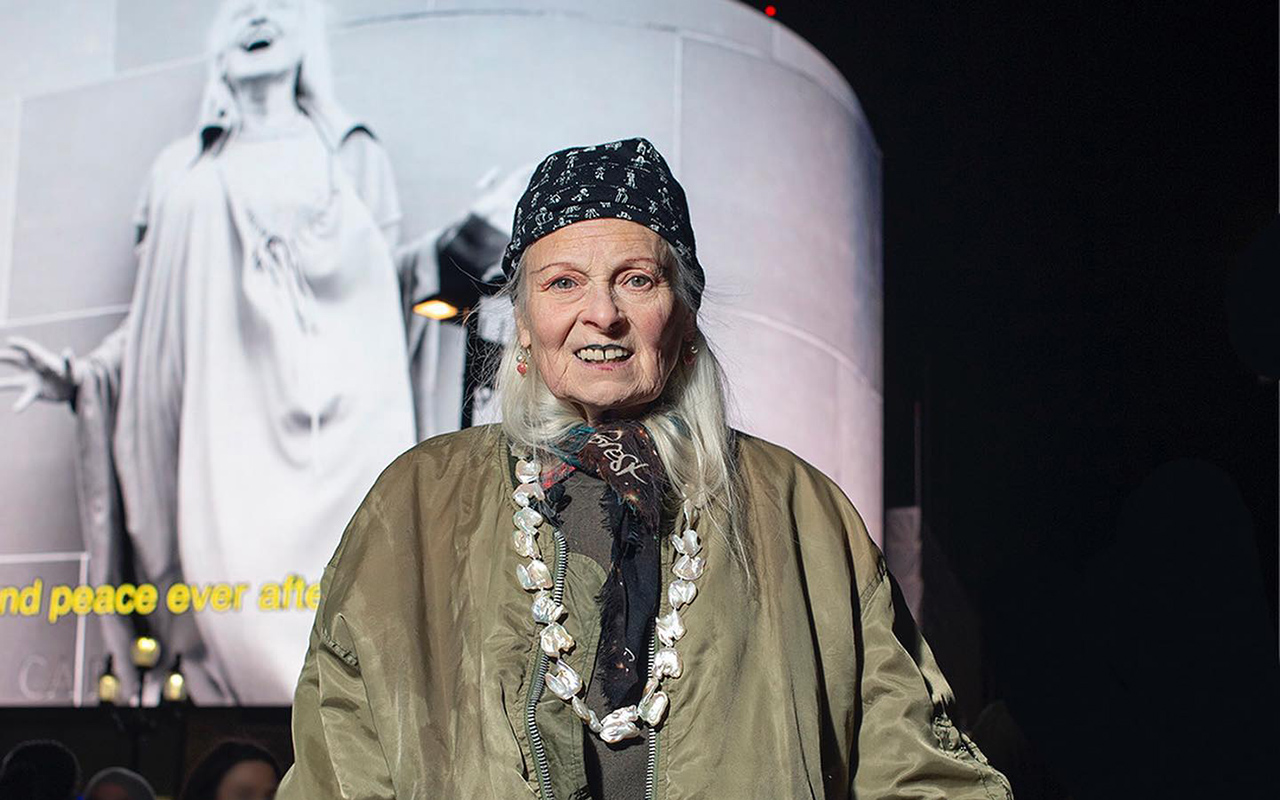
The more committed side
For Vivienne Westwood, fashion was a weapon and the message an inseparable part of her aesthetic heritage. Everything had a purpose. The British designer loathed the political class and launched a lifelong crusade to promote individual freedom, rid the world of nuclear weapons and combat the threat of climate change. “Buy less, choose better and make it last” is one of the lessons that still survives in times of climate emergency.
“I don’t want to be underground ,” she used to protest, defending that she wanted to be out of the spotlight to spread her message. She supported numerous causes, donating to the Green Party and becoming a regular visitor to WikiLeaks founder Julian Assange. She even parked a white tank outside the home of former Prime Minister David Cameron at an anti-fracking protest.
Vivienne Westwood was also honoured by Queen Elizabeth II. The late monarch presented her with the Order of the British Empire in 1992 and the designer appeared without underwear. Her Majesty was not amused by this rebellious gesture, but on her own merits she agreed to name her Dame a few years later. And this is how Lady Westwood, godmother of punk, defended to the last breath, her transgressive ideas applied inside and outside of fashion, but above all, maintaining a coherent attitude towards life by questioning, in her own way, the world order and the rules. of the game.
At Gratacós, we pay homage to Vivienne Westwood with a selection of our most irreverent fabrics. You can find them in our online store or in the Barcelona space.
